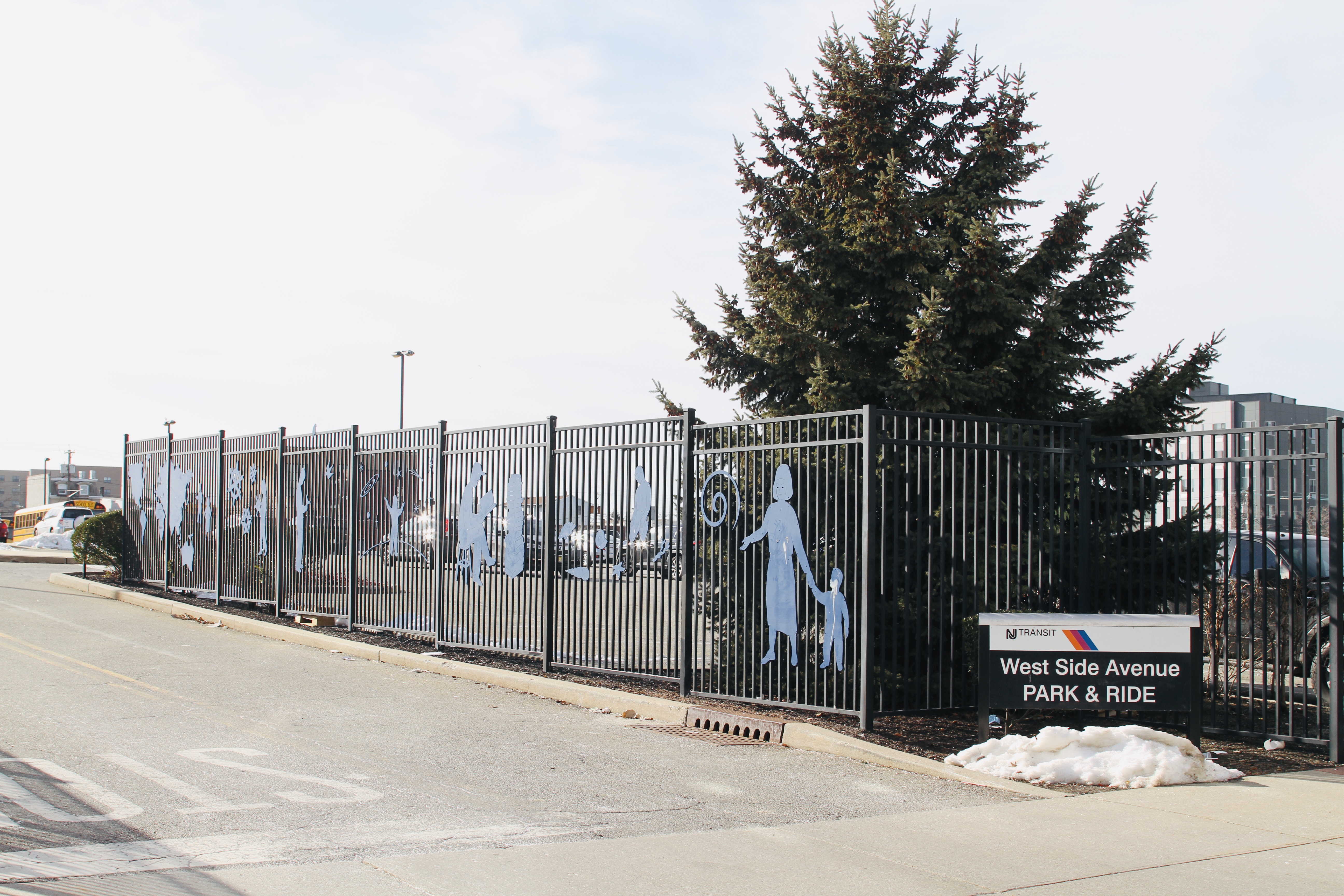In 2019, NJ Transit hired a real estate executive with a a salary of $175,000, to look for new ways to increase revenue to avoid looming deficits and fare hikes. This was the result of legislation passed in 2018 directing NJ Transit to set up a real estate development office and produce an annual report on property it owns throughout the state. Also, at Governor Murphy’s behest, it required NJ Transit to explore ways to generate income from its property through residential and commercial development. In 2019, NJ Transit generated almost $20 million from the lease and sale of its property.

Jersey City is an example of how NJ Transit is marketing its property to increase revenue. In 2021 it posted a request for offers to redevelop 2 acres of property it owns next to the Liberty Park Light Rail Station on Communipaw Avenue. Its only requirement for potential investors was that the new development meet the criteria of TOD (transit-oriented development) and the Morris Canal Redevelopment Plan which does require affordable housing on specified blocks and lots. However, this is superseded by the city’s inclusionary zoning ordinance (IZO), passed last year requiring all new housing development to include 10-15% of affordable housing based on census tract and average income in the area.

NJ Transit is also turning over a park and ride lot it owns next to the West Side Avenue station of the Light Rail to a developer to create a mix of office, retail and residential space along with a charter school. This project, discussed in an earlier blog entry, was also promoted by Jersey City officials who assisted in assembling several parcels of land for this mega development. It calls for 860 housing units in two 12-story mixed-use buildings as well as two six story apartment buildings. It too falls under the new IZO requiring 10-15% affordable housing. There will also be a garage to house 660 cars. It’s not clear how this comports with NJ Transit’s goal of transportation-oriented development (TOD), which aims to reduce the relaince on cars by supporting development projects near public transportation.

NJ Transit’s leasing and selling of property is part of a trend by other transit agencies across the country to find revenue to cope with perennial budget shortfalls. This need to find alternative sources of income was made more acute by the loss in ridership due to COVID. But it appears that NJ Transit’s program to sell or lease its real estate holdings will do little to address its budget deficit. Critics have charged that NJ Transit’s budget woes, like those of other transit systems across the nation, are due to the lack of a dedicated source of funding. They argue that funds are being taken out of the agency’s capital budget to cover operating expenses leaving little left over to upgrade facilities and fund new projects.

The failure of the governor and the legislature to adequately fund the state’s transit system has led them to market its assets to plug holes in its budget. As can be seen in Jersey City, this contributes to the gentrification of transportation hubs as public property is sold and leased mainly for luxury housing. This process has been reinforced by NJ Transit’s policy of “transit-oriented development” (TOD) which it defines as “the creation of compact, pedestrian-oriented, mixed-use communities centered around high-quality transit”(p.28). While environmentally sound in attempting to reduce traffic congestion and air pollution, this policy has the unintended effect of promoting gentrification by making transportation hubs more desirable and affordable to those with more means.

In owning valuable public property in two areas of the city already rapidly gentrifying, NJ Transit, in partnership with the City, was in a strong position to strike a better deal for residents by requiring the inclusion of more housing for moderate income families and workers as the City did in the redevelopment of Bayfront. There, the City, as owner of the property, became the master developer requiring 35% of housing is be set aside for low and moderate income families.
Follow This Blog
Get new content delivered directly to your inbox.
- Gentrification Math & the False Promise of Affordable Housing
- Why is the City Selling Public Property to Luxury Housing Developers?
- Why So Much Luxury Housing in a City Where Most Can’t Afford It?
- Why Do So Many New Apartment Houses Look Alike?
- Signs of Gentrification: House Numbers, Their Color and Design
